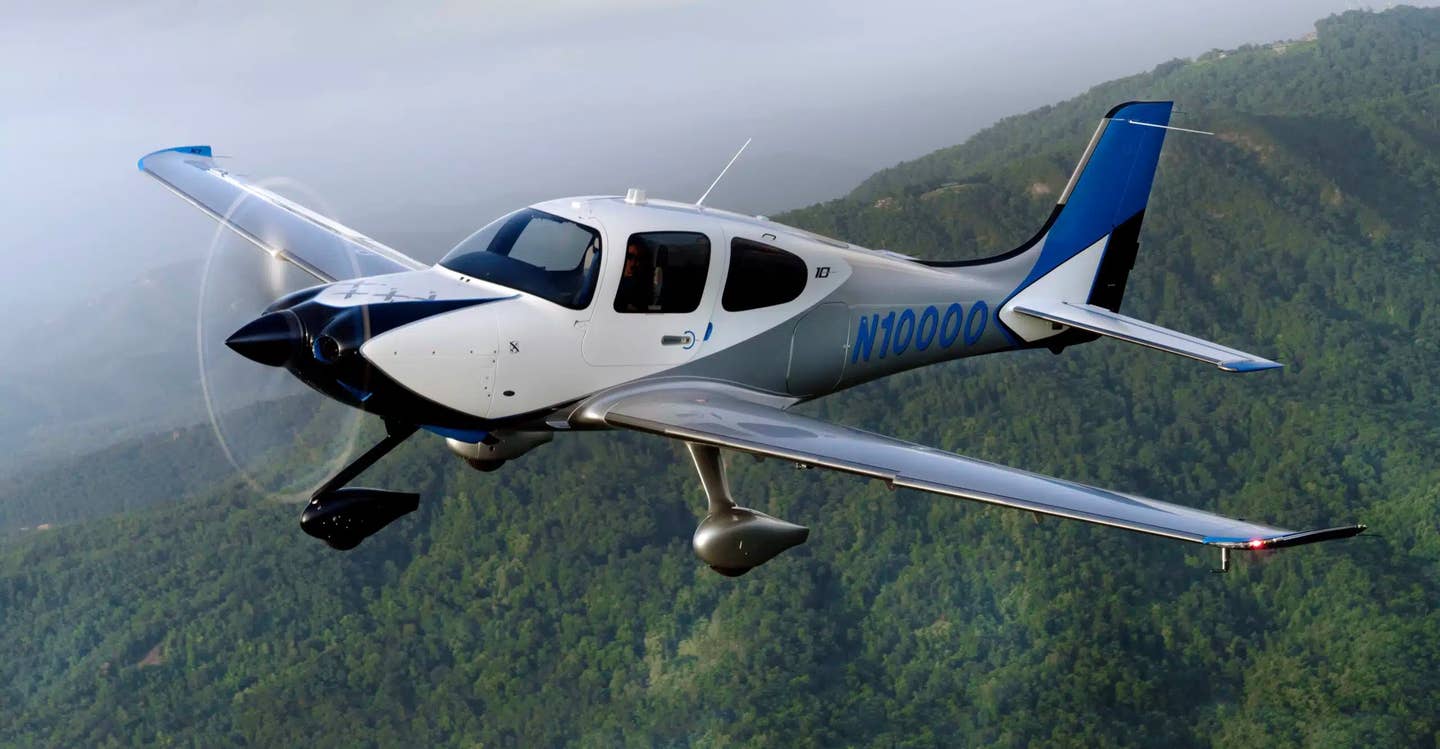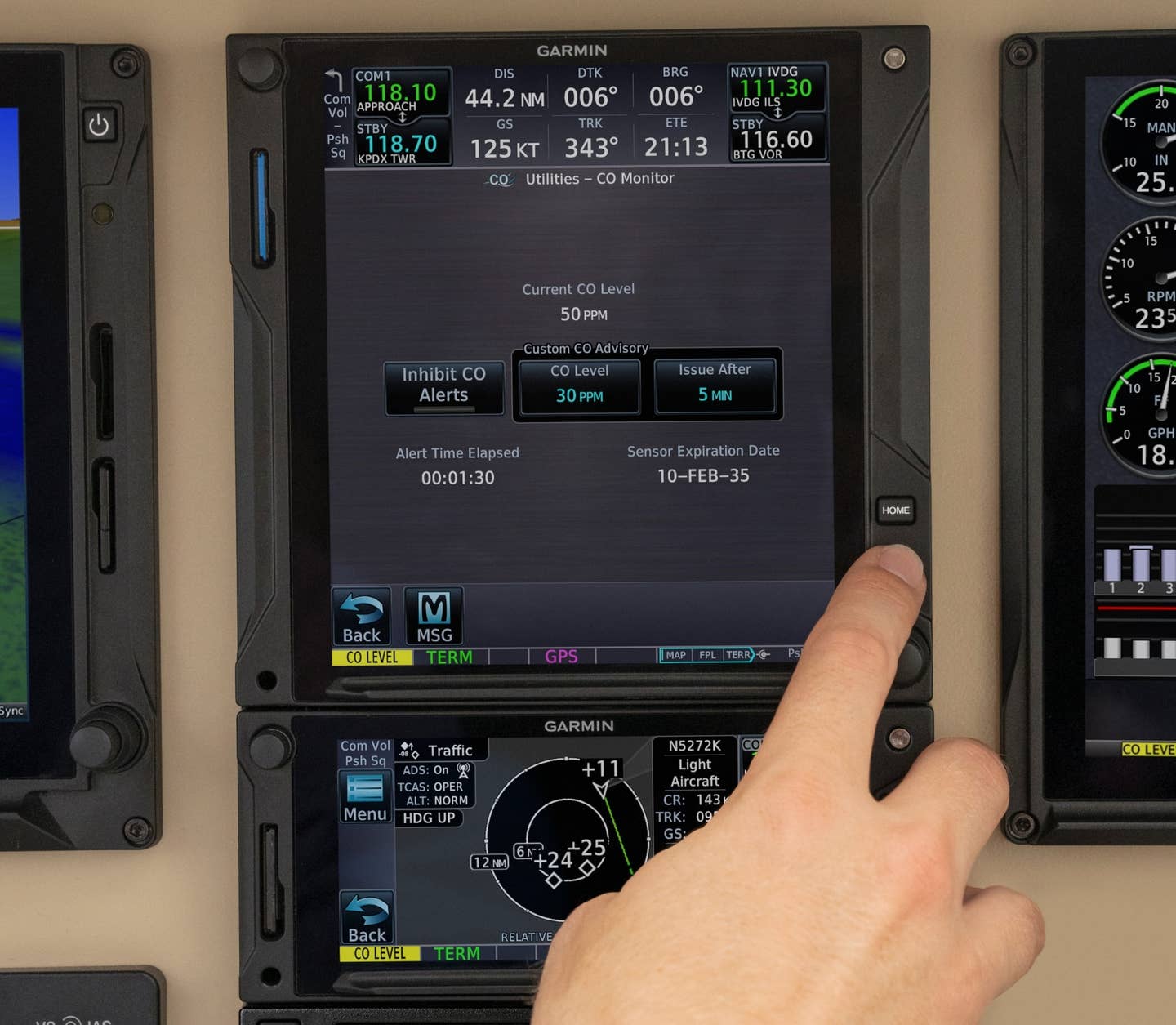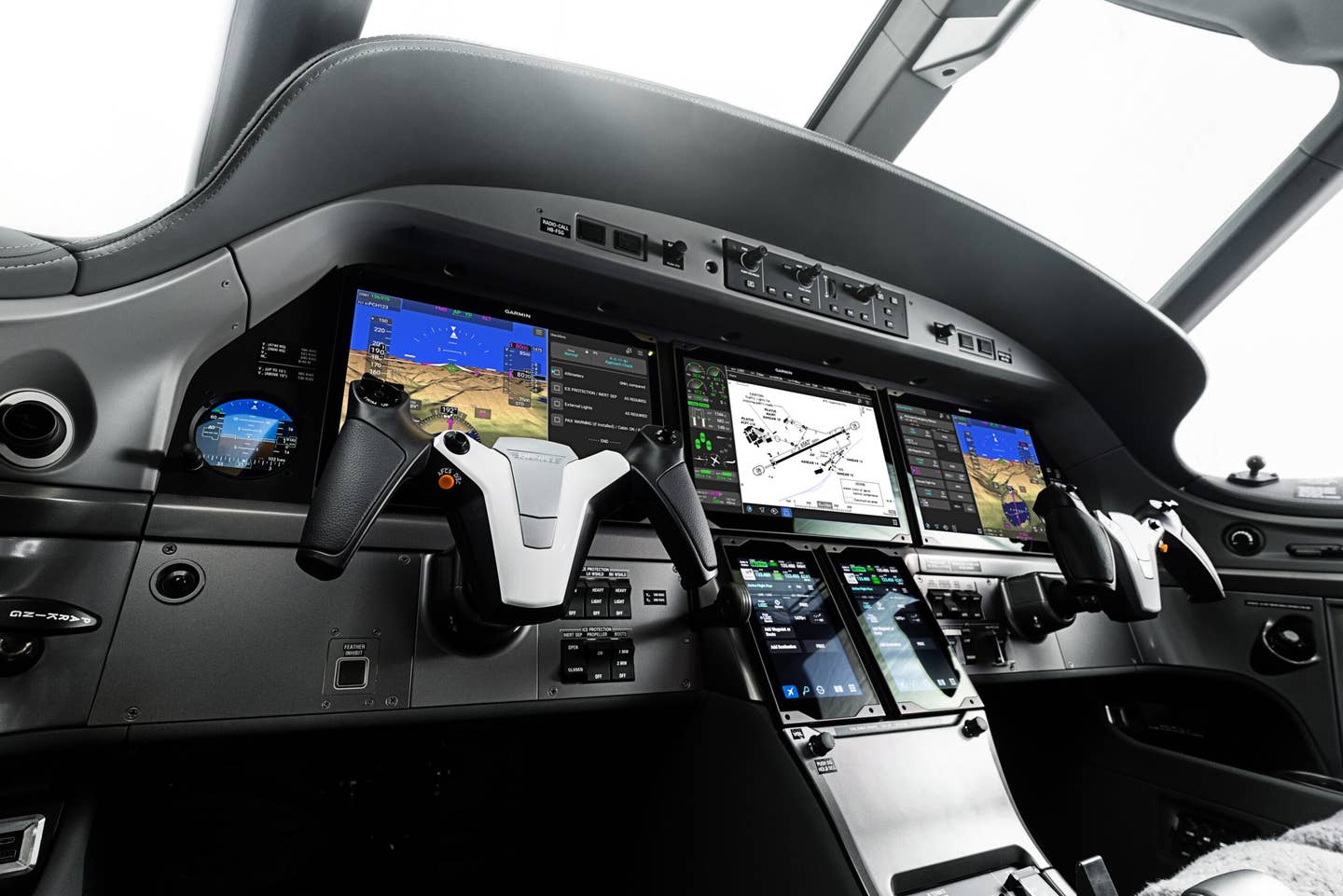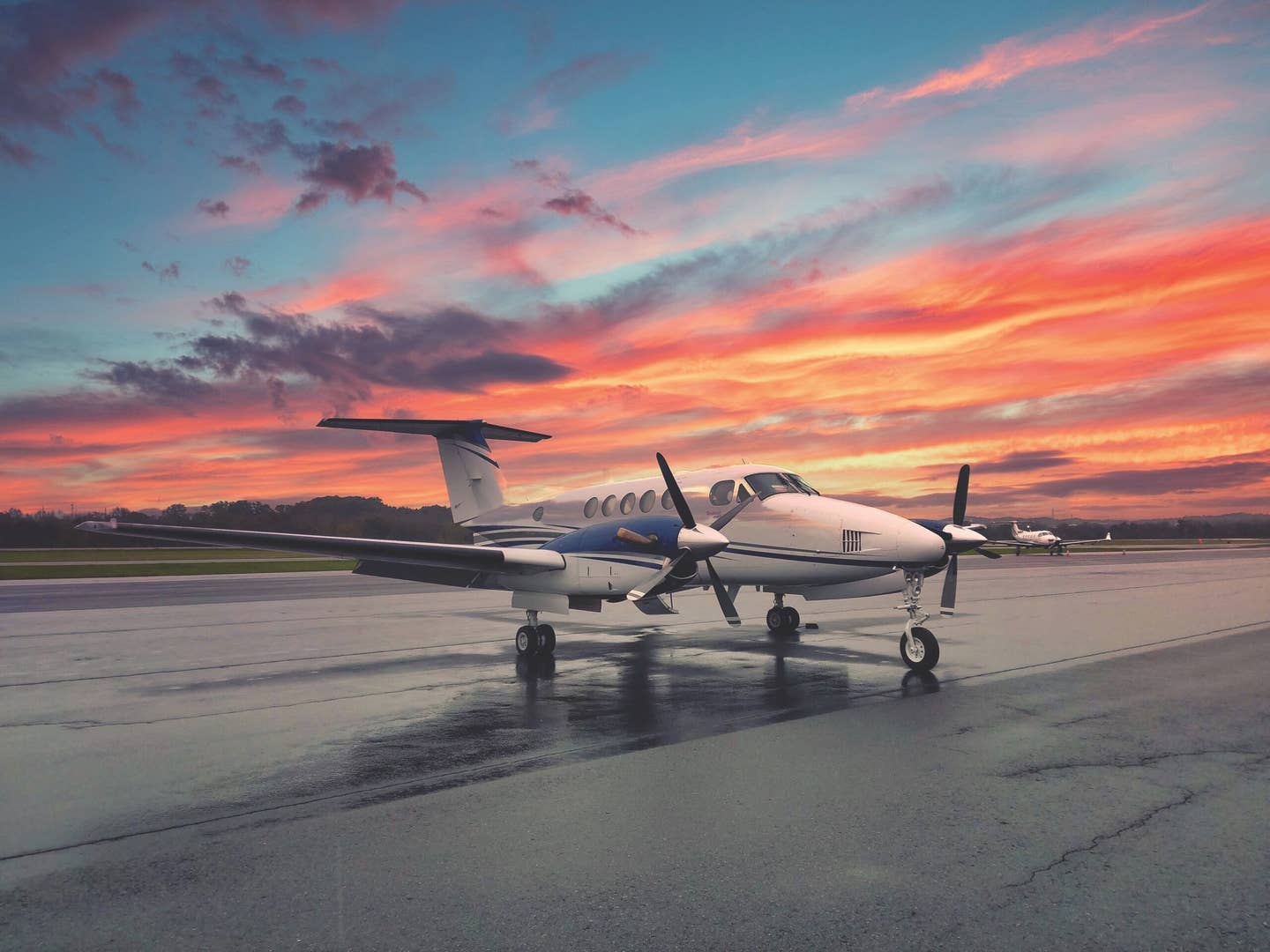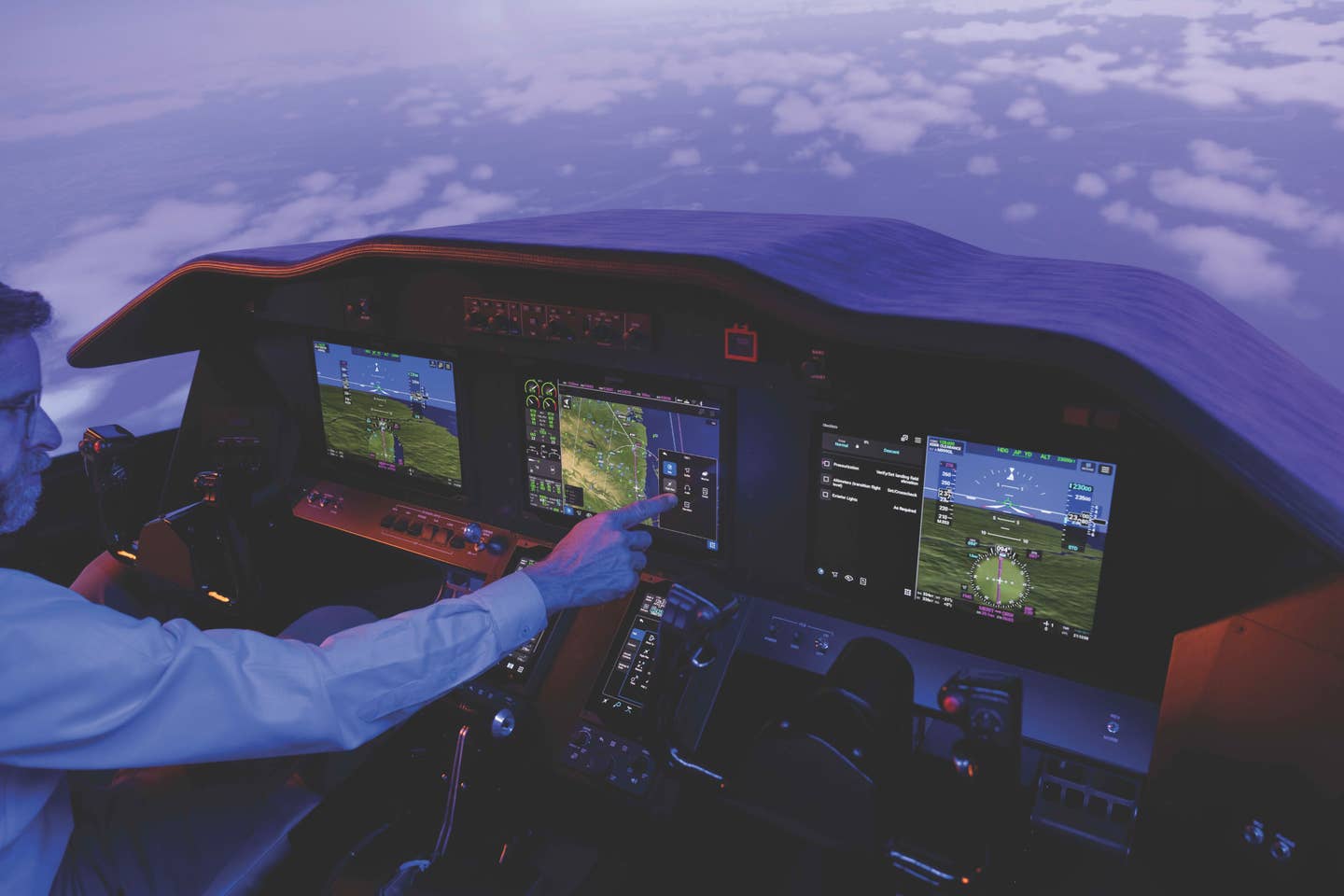
An upgraded glass panel. Aspen Avionics
It’s hard to believe that glass panel avionics have been around for nearly 30 years. I’m sure some of you have never flown an airplane without glass.
And it’s with good reason: From airport diagrams to synthetic vision to moving maps, glass delivers an array of capabilities that are just not possible with mechanical “steam gauges.”
The allure of those situational-awareness and safety-enhancing capabilities is why glass panels are at the top of every aircraft owner’s most-wanted list. Aspen Avionics, BendixKing, Garmin, Avidyne and Rockwell Collins are just some of the avionics manufacturers that offer glass upgrade paths for airplanes and helicopters.
But along with all these various options lies considerable confusion for aircraft owners. Namely, which solution is right for your aircraft and needs? Do you want a partial panel upgrade or a full-on rip-and-tear refurbishment? There are pluses and minuses to either choice.
Partial Panel Upgrades: Typically, when the aircraft is rather new or has already undergone some avionics upgrade, owners opt for the partial panel solution. This involves replacing the legacy mechanical six-pack with digital display units. It's cost-effective, and, since most glass displays can "talk" to all but the oldest radios and sensors, integration is not normally an issue.
Full Panel Refurbishments: This is often the solution of choice if an owner wants to give his or her aircraft the look of a factory-new panel. All the avionics, instruments and wiring are removed, and all the new displays and radios are mounted in a custom panel laid out to the owner's exact specifications.
Obviously, as the most complete upgrade, the full panel option is by far the most expensive and requires the longest aircraft downtime.
The best of both worlds: But one of the beauties of today's avionics is you may not have to make an all-or-nothing upgrade decision. For example, Aspen's Evolution Electronic Flight Displays (EFD) gives you amazing installation flexibility. Because of the unit's compact size, it easily fits in the panel cutouts that are already there for your mechanical instruments.
You can install one, two or three Aspen EFDs with relatively minor panel modifications. And you can install one display now and the second and third later on as your needs change or budget grows.
The bottom line is no matter what type of upgrade you are thinking about, do your homework. Look at your typical flight — IFR vs. VFR and so on. Then decide what equipage and solution best fit your needs and your wallet.

Sign-up for newsletters & special offers!
Get the latest FLYING stories & special offers delivered directly to your inbox

